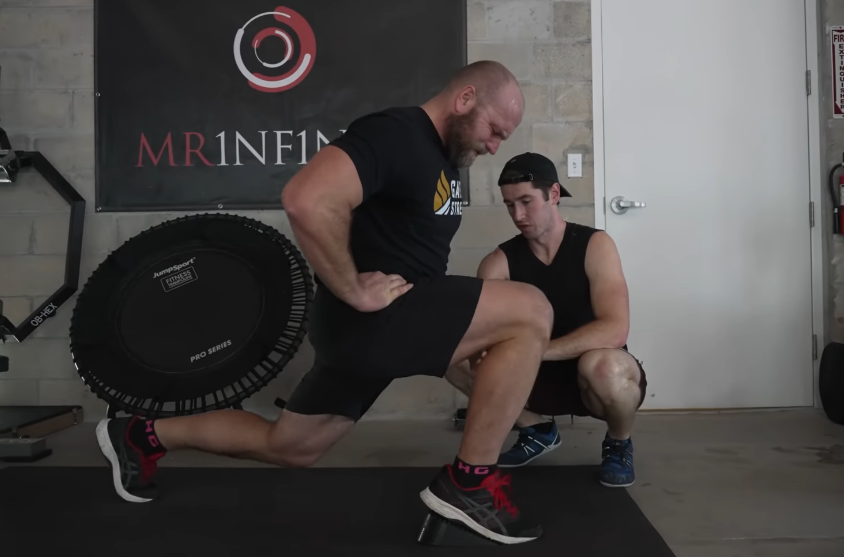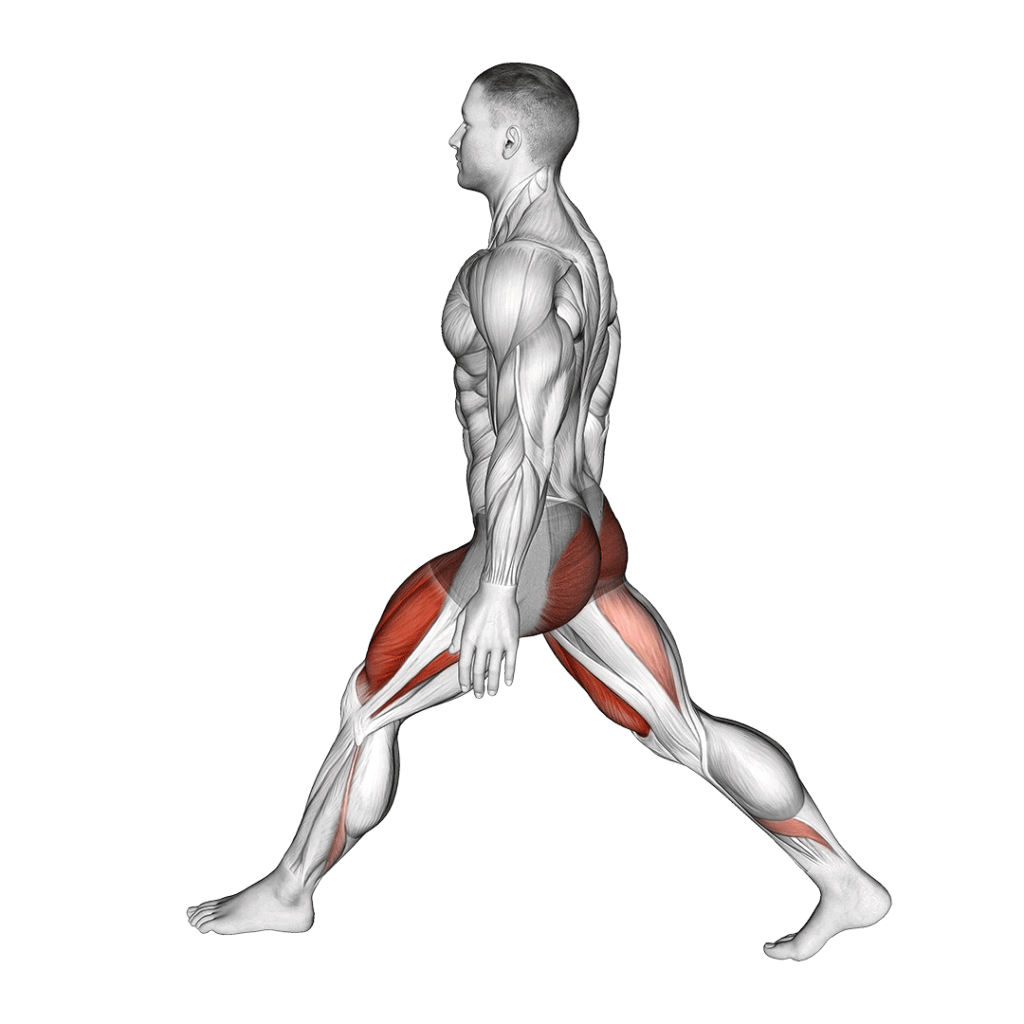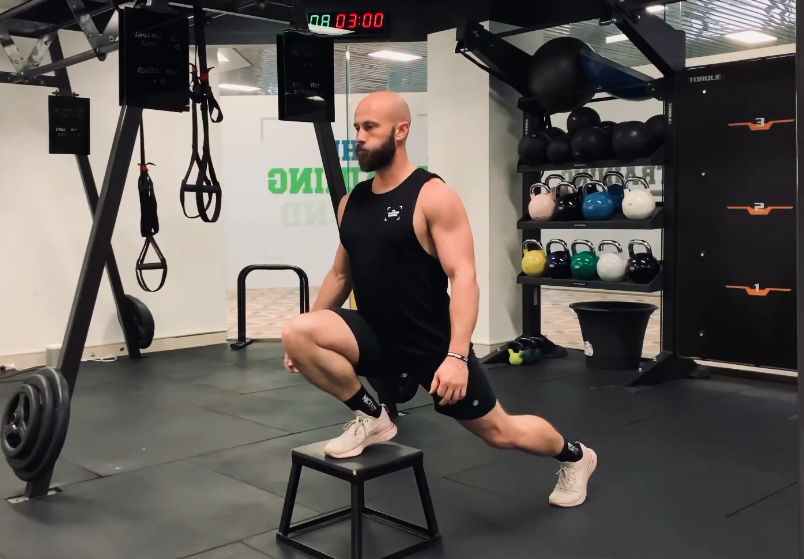I have learned that the ATG split squats (also known as knees over toes split squats) is a lower limb exercise that involves pushing the knee as far forward as possible while trying to rest the hamstring onto the calf.
After doing this exercise for a couple of weeks, I could feel the strength building up in my VMO muscle in the quads, the glutes, and the core.
It is a favorite exercise of many runners, including myself, as it helps protect the knees and keep the legs strong.
Many doctors also prescribed this exercise to many knee pain patients. However, performing the ATG split squat can be daunting for those with knee pain, such as ligament strain or meniscal tear.
In this case, it is important to progress through the elements of the exercise without causing pain.
In this article, I will talk about how to perform the ATG split squats, its benefits, mistakes, muscles worked, and how to do it correctly.
What is an ATG Split Squat?
An exercise called an ATG (Ass to Grass) Split Squat involves placing one leg in front of the body and the other behind it, with the back leg elevated on a bench or box.

This exercise can be done by bending your back knee nearly to the floor, lowering your torso, and then pulling yourself back up to the starting position.
With this exercise, you will improve your range of motion and strengthen your lower body, particularly your glutes, quadriceps, and hip flexors. It is recommended as a fantastic exercise to increase knee and hip flexibility.
Although different types of shoes can be worn for training, Olympic weightlifting shoes are most typically used.
Who Should Do the ATG Split Squat?
The ATG split squats are best for runners and individuals with knee pain or poor mobility and stability. As I mentioned earlier, even I had knee pain and this exercise helped me in overcoming the knee pain.
The ATG split squat is one of the most prescribed exercises for knee pain patients by osteopaths.
However, it is important to note that the exercise should be done pain-free and gradually progressed through the elements.
Therefore, the ATG split squats can be done by runners, individuals with knee pain, and those who want to improve their mobility and stability.
[alert-announce]Muscles Worked by the ATG Split Squat
The unilateral nature of the ATG Split Squat allows it to target muscle imbalances by separately working each leg. The vastus medialis oblique muscle in your quadriceps is the main muscle worked by the ATG Split Squat. The hamstrings and glutes are also worked.
The quadriceps are intensively worked during the ATG Split Squat as the leg is straightened and the body is raised back to the starting position.

The glutes are also heavily engaged during the exercise. They are responsible for hip extension, which occurs as the body is lifted back up to the starting position.
The hamstring is also worked during the ATG Split Squat. They are responsible for knee flexion and hip extension, which occur during the lowering phase of the exercise.
In addition to these primary muscle groups, the ATG Split Squat also works several other muscles to a lesser extent. The adductors, located on the inside of the thigh, are engaged to stabilize the body during the exercise.
The calves are also worked as they help to maintain balance and stability. Finally, the core muscles are engaged to maintain proper posture and stability throughout the exercise.
[/alert-announce]You may also like:
- 10 Dumbbell Lat Exercises for a Stronger and Sexier Back
- What Exercise Machine Burns The Most Belly Fat?
How to Perform the ATG Split Squat?
To perform the ATG (Ass to Grass) Split Squat, Ben(The Kneesovertoesguy) recommended the Olympic weightlifting shoes to achieve a greater range of motion. The exercise involves focusing on how much range can be achieved in the hip flexor, chasing the perfect rep, and using the load to get the most range.
The exercise can be done with one leg at a time, with a break between each leg. To get into the position, one can elevate the front foot, but not too much to avoid reducing the load. The exercise can also be done with a pause at the bottom to work on leg drive and mobility.
To perform the ATG Split Squat, follow these step-by-step instructions:
- Stand with your feet shoulder-width apart and take a long step forward with one foot, keeping your back foot in place.
- Lower your body towards the ground by bending your front knee, ensuring that your back knee is also bending towards the ground.
- Continue lowering your body until your back knee is almost touching the ground and your front thigh is parallel to the ground.
- Make sure you have an upright torso and your front foot leg heel is on the ground and your front knee is beyond your toes.
- Push through your front heel to raise your body back up to the starting position.
- Repeat the exercise for the desired number of repetitions on one leg before switching to the other leg.
For a better demonstration, watch this video from Garage Strength.
ATG Split Squat Variations
The ATG (Ass to Grass) split squat is an effective exercise for building lower body strength and improving overall stability. There are several variations of this exercise, including the High-foot Elevated ATG split squat and the Dumbbell ATG Split Squat.
1. High-foot Elevated ATG split squat
One of the variations of the ATG Split Squat is performed with a high platform and you can also use your hand to take support. This variation shifts the focus from your quads to your hips. This variation will build up strength in your glutes as well.
To do this variation, stand with your feet shoulder-width apart and set one foot on a high platform. Then, stoop till your knee is in contact with the earth.

Make sure that your knee is directly above your ankle and that your other leg is extended behind you. Hold onto a nearby wall, door frame, or foam roller to assist with balance if needed.
It is just the same as the ATG split squat except that it is performed on an elevated platform for your ease.
2. Band-assisted ATG split squats
ATG split squats, or “ass to grass” split squats, are a great exercise for building strength and muscle in the legs. There are many variations of this exercise, including band-assisted ATG split squats.

To perform this exercise, you will need a band that can be looped up on the top of a rack or a cooking band. Begin by looping your arms into the band and holding it close.
Next, drop down into the ATG split squat position as we explained above, and make sure to keep an upright torso. Stand up and repeat, resting a moment before swapping legs. Some people also use supporting stands etc for their ease and completing reps.
3. Dumbbell ATG Split Squat
Dumbbells are used in the ATG (Ass to Grass) split squat variation known as the dumbbell ATG split squat to provide more resistance. The exercise is performed by standing in a split stance with one foot forward and the other foot back, holding a dumbbell in each hand.

The goal is to stay upright and lower the back knee as close to the ground as possible while keeping the front knee over the ankle.
The calf of your back leg should touch the hamstring of the front leg at the bottom of the movement, and your glutes should be squeezed to maintain stability throughout the exercise. I would recommend you master the basic ATG split squat before adding weight to the exercise to avoid injury.
[alert-success]Benefits of the ATG Split Squat
Increased Range of Motion
For increasing the range of motion in the trailing leg, athletes and runners (like myself) like to perform the ATG split squat. With this exercise, you may move with strength over a range of motion, which is crucial for mobility and flexibility.
Knee Pain Reduction
The ATG split squat helps ease knee discomfort. The quadriceps and hamstrings are strengthened during this workout, which can assist to stabilize the knee joint and lessen knee pain. Also, if the activity is carried out correctly and under control, knee pain or additional knee damage can be avoided.
Improved Hip Flexibility
You can efficiently increase your hip flexibility or mobility with the ATG split squat.
You can concentrate on maintaining the back leg as straight as you can during this exercise to receive a wonderful, deep hip flexor stretch on the back while contracting the glute. This may enhance the hip flexor’s functional range of motion during that front split variation.
Improved Balance and Stability
The ATG split squat can also improve your balance and stability, as you need to maintain proper control and stability throughout the entire movement. This can help you improve your balance and stability in other movements and activities.
ATG Split Squat Sets and Reps
The recommended sets and reps for ATG split squats may differ from person to person.
When you work out, aim for 10 sets of ATG split squats every week. It can help improve your performance if done with proper nutrition and sleep.
Most people can recover from 10 sets of work if they gradually build up to that capacity. However, it is not recommended to jump into 10 sets right away if you’ve never done that amount before—it may cause injury or overtraining syndrome.
The upper limits of sets and reps are dependent on individual recovery ability and experience. Therefore, it’s recommended to start with 10 sets of ATG split squats per week—then gradually build up towards that capacity if you have the proper nutrition, and sleep patterns (or whatever else you need) under control.
[/alert-success]Also, read:
- Cable Kickbacks: A Simple but Effective Exercise for Glute Activation
- Best Exercise Machines For Bad Knees
ATG Split Squat Alternatives
If the ATG split squats are uncomfortable for you to perform or if you want to increase the amount of exercise you undertake at work. As an alternative to the ATG split squats, try performing some of these:
1. Bulgarian Split Squats:
Bulgarian split squats are a variation of the split squat that can help you build strength and stability in your legs. To perform this exercise, you’ll need a bench or step behind you. Here’s how to do it:
- Find a bench or elevated surface to stand on.
- Stand facing away from the bench and place the top of one foot on the bench behind you.
- Take a step forward with your other foot, so that your feet are about hip-width apart.
- Keep your chest up and your core engaged.
- Slowly lower your body down by bending your front knee, and keeping your back leg straight.
- When your back knee is practically on the floor, stoop down.
- In order to get back up to the beginning position, push through your front foot.
- Repeat for the desired number of reps, then switch legs and repeat.
For a demonstration of Bulgarian split squats, check out this video from Colossus Fitness.
2. Lunges:
You can also try the lunges as it is such an effective exercise to help you build and tone your legs. With or without weights, and in a variety of directions (forward, backward, or lateral), lunges can be done. Here is how you can do the lunges:
- Start with your feet hip-width apart, and your hands on your waist or at your sides.
- Take a step forward with one leg, bending both knees at approximately 90 degrees.
- Ensure that your front knee stays behind your toes and that your posture is maintained.
- Maintain a straight back and slightly extend the other leg back to help you regain your balance and stand up again.
- As you lunge, inhale, and as you rise, exhale.
- Repeat the lunges with the same leg or alternate legs.
Start with a minimum of three sets, each consisting of 10 reps in the first set, 12 in the second, and 15 in the third. You can hold in the lunge position or use short bursts to increase the intensity. Other variations of the exercise, done while keeping proper technique, include walking lunges and lunges with weights.
For more information on lunges and how to do them properly, check out this video from Mind Body Soul.
3. Step Ups:
We are not done yet, you can use the step-ups as another great exercise that can help you build strength and muscle in your legs. To perform a step up, you’ll need a bench or step. Here’s how you can do the step ups:
- With your toes pointed forward, stand with your feet hip-width apart.
- Make sure the entire foot is on the step and the heel is not handing off when you lift one foot and set it down on a stair.
- You can pull yourself up with your front foot while maintaining a straight posture and your hip, knee, and ankle should all be in straight line alignment.
- As soon as you reach the top, put your foot back down and lower yourself in a controlled manner with good posture.
- Avoid typical mistakes like using your rear leg as a pushup help or rocking forward to assist in the movement by maintaining core stability throughout the exercise.
Once you have mastered the basic step-up, you can add weight by holding dumbbells or placing a barbell on your back. Prioritize the quality of movement over the amount of weight you use.
For a demonstration of step-ups, check out this video from Get Exercise Confident.
ATG split squat Mistakes
The ATG split squat is an effective exercise for building strength and improving mobility, but there are several common mistakes that people make when performing this movement.
Knee Tracking
One of the most common mistakes when performing the ATG Split Squat is improper knee tracking. According to Greg Shaw, a sports rehab expert, the knee should track directly over the foot during the movement.
If the knee is not tracking properly, it can put unnecessary stress on the knee joint and lead to pain or injury.
Foot Position
Another mistake that people make when performing the ATG Split Squat is improper foot position. The middle portion of the foot should feel like a spring or trampoline, with pressure being applied straight down through the center of the foot.
Too much pressure on the big toe can cause the ankle bone to collapse inward, leading to knee torque and pain. The emphasis should be on the dead center of the midfoot, with pressure coiling down straight into the bench in front of you.
Knee Position
Pushing the knee too far forward is another mistake that people make when performing the ATG Split Squat. The knee should track straight over the foot, and there should not be an awkward twist happening at the foot or hips.
Putting too much pressure on the big toe can cause the knee to torque inward, leading to pain and injury. The emphasis should be on the dead center of the midfoot, with pressure coiling down straight into the bench in front of you.
Surface Used
The surface used for the ATG Split Squat can also be a factor in the exercise’s effectiveness. The softer the surface, the more the surface gives, which can cause the inside ankle bone to collapse.
This can lead to an awkward twist in the foot or hips, which can cause pain or injury. It is recommended to use a firm bench or object to perform the exercise.
By avoiding these common mistakes and focusing on proper form and technique, you can perform the ATG split squat safely and effectively to build strength and improve mobility.
Also, read:
- Dumbbell Hex Press: The Secret to Maximize Your Chest Gains
- 11 Most Effective Tricep Pushdown Alternative
- What Muscles Do Pull Ups Work?
FAQs
What is an ATG squat?
A typical ATG (ass-to-grass) split squat targets the Vastus Medialis Oblique (VMO) muscle, as well as other muscles and joints. An ATG (Ass-to-Grass) split squat is an exercise that involves a lunge-like movement where the back knee is lowered to the ground while the front leg is bent at a 90-degree angle.
What does ATG stand for in exercise?
ATG is short for Athletic Truth Group, which is the company of Ben Patrick (knees over toes guy). Although he didn't invent the exercise itself, Ben certainly popularised it and made it a cornerstone in his knees-over-toes philosophy.
What is the difference between ATG split squat and lunge?
The primary difference between an ATG (ass to grass) split squat and a typical lunge is that the knees don’t track over the toes in a typical lunge. The ATG variation offers significantly more load on the Vastus Medialis Oblique (VMO)—a muscle used for knee stabilization.
What are the numbers for the ATG split squat?
To build muscle, do 3 sets of 6 to 8 reps at a moderate weight with a slow tempo. For improved leg strength, try 2-3 sets of 5 reps at higher weights—explosive movements are best for this task! To increase flexibility in the lower body and prevent injury, perform 2 or more sets of 10+ repetitions using lightweight.
Conclusion
The ATG split squats are an effective exercise for improving mobility and leg drive.
This exercise can be performed with the help of ATG buddies, which are designed to help the user achieve the maximum range of motion. This can also be good for beginners.
By focusing on lengthening the hip flexors and using proper form, this exercise can help increase flexibility and strength in the legs.
Additionally, ATG split squats can be modified to suit different fitness levels and can be used as a way to work leg drives while giving the body a break from normal patterns.
Overall, I believe that ATG split squats are a valuable addition to any workout routine for those looking to improve their leg strength and mobility.

